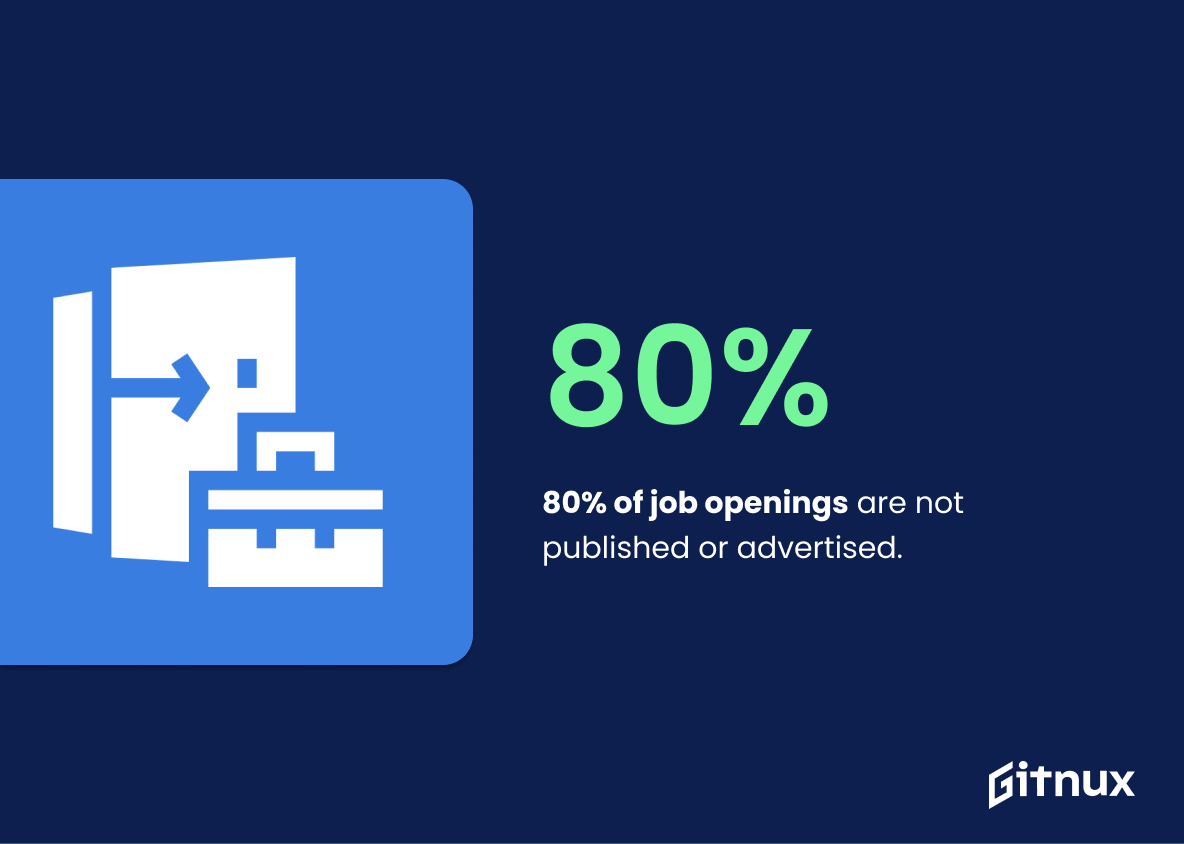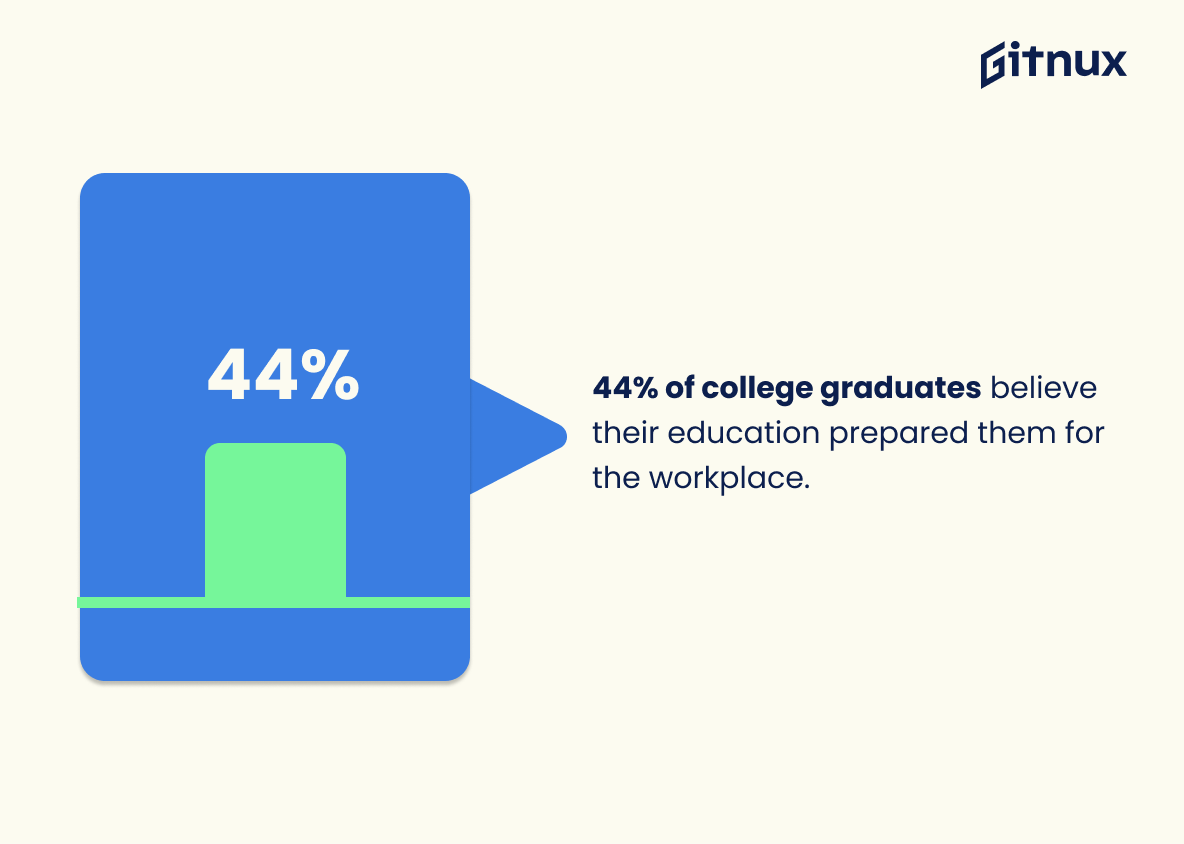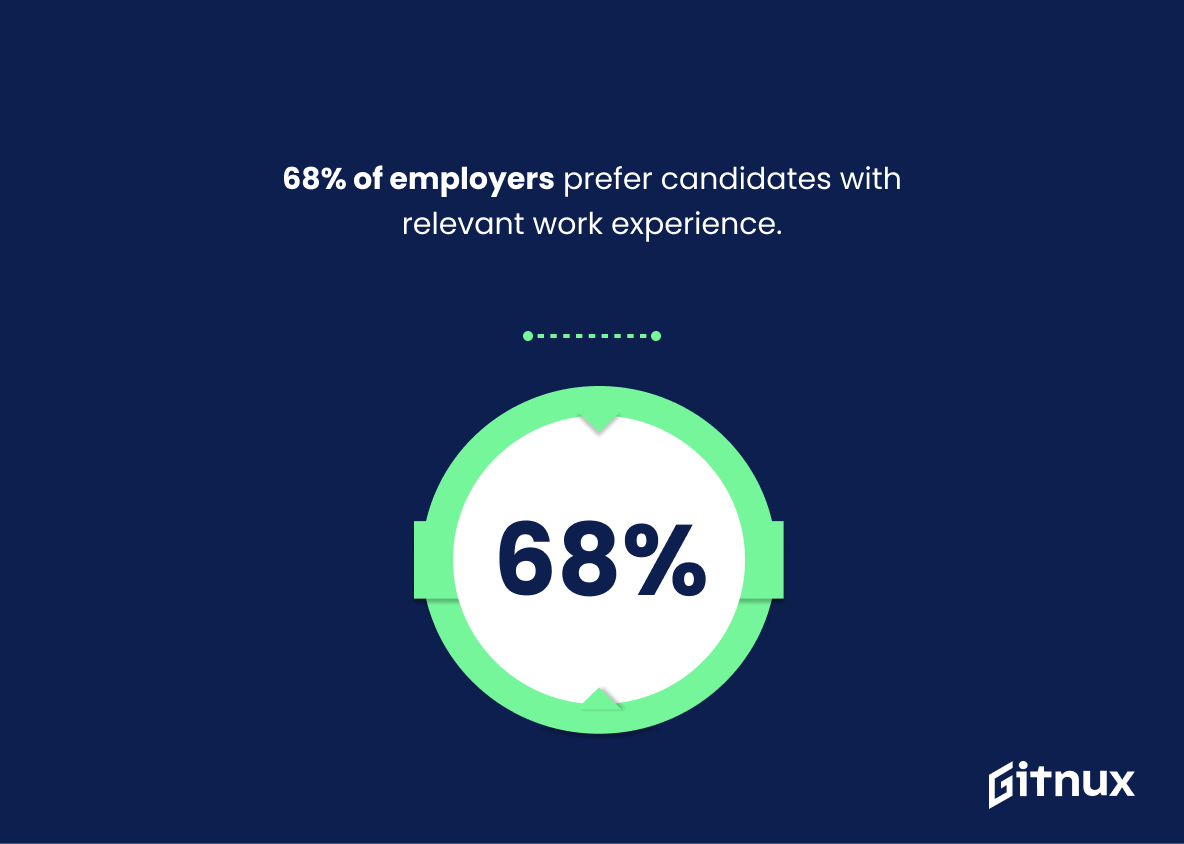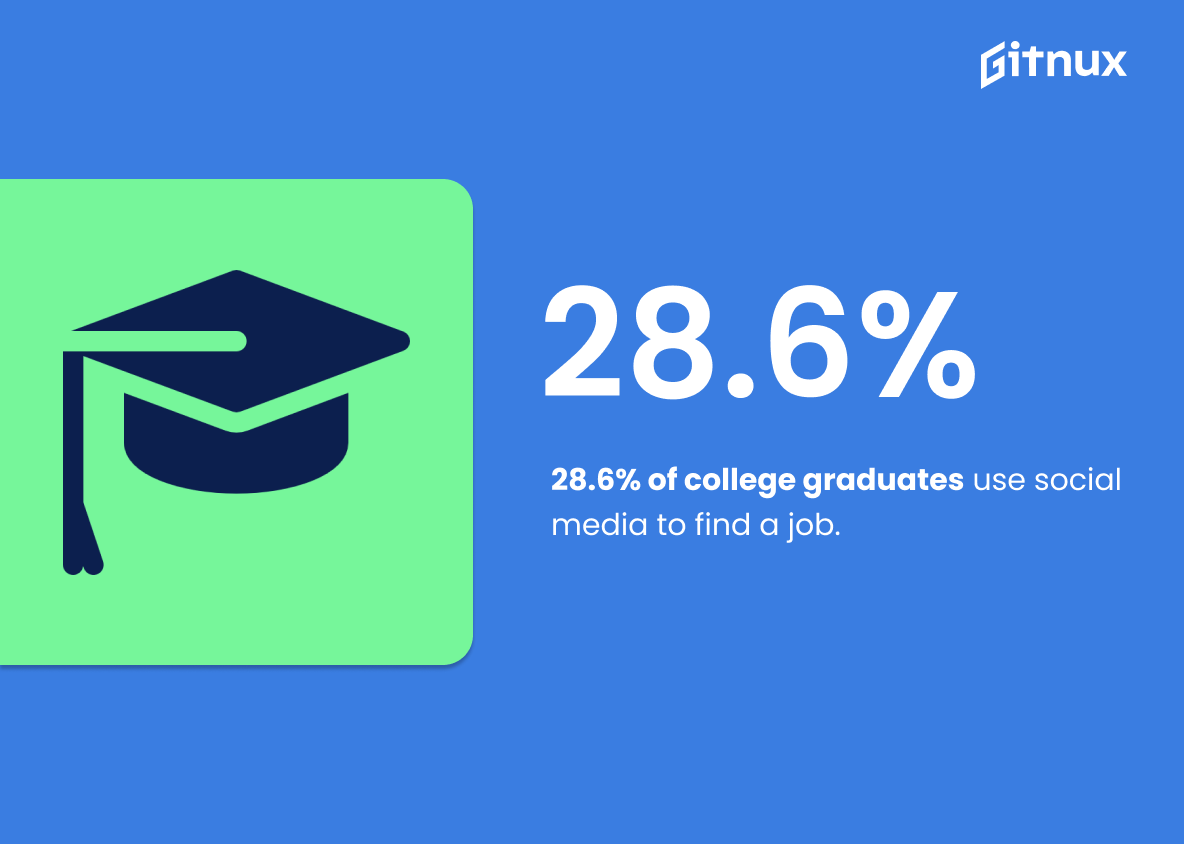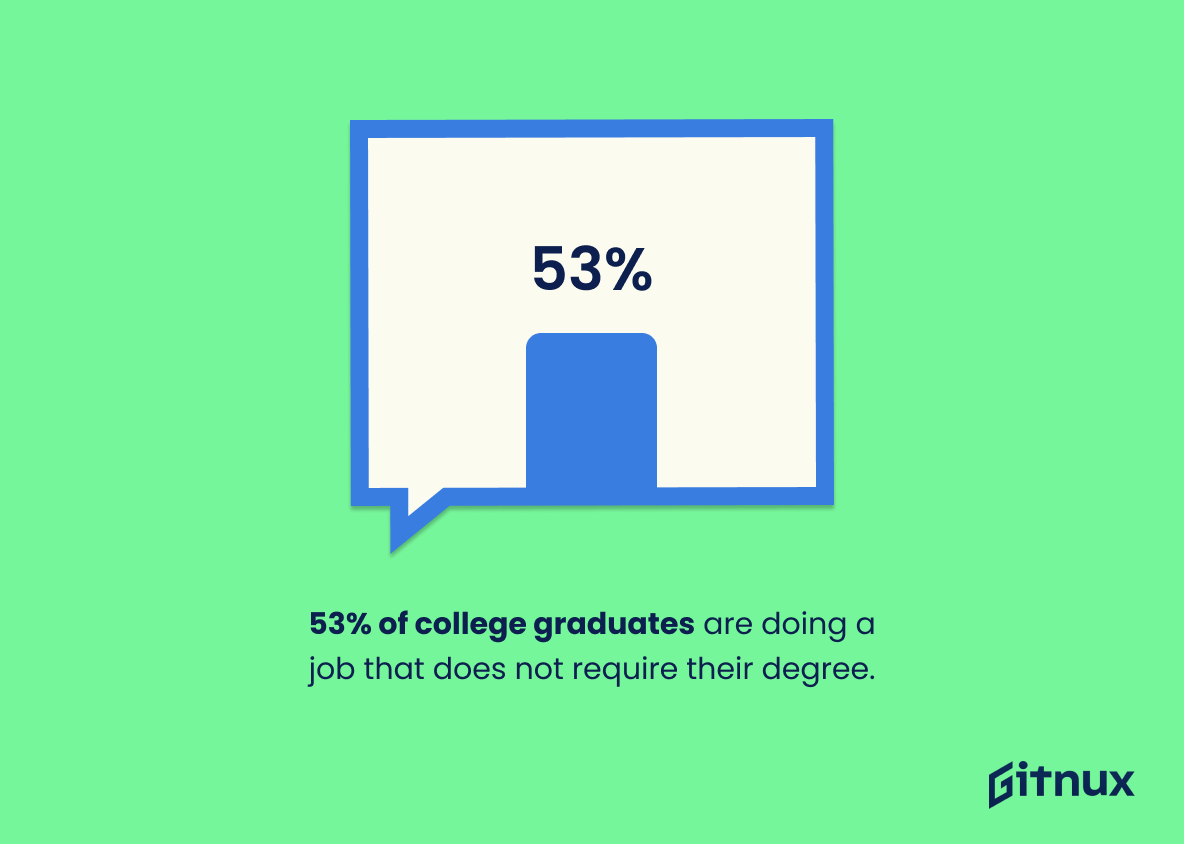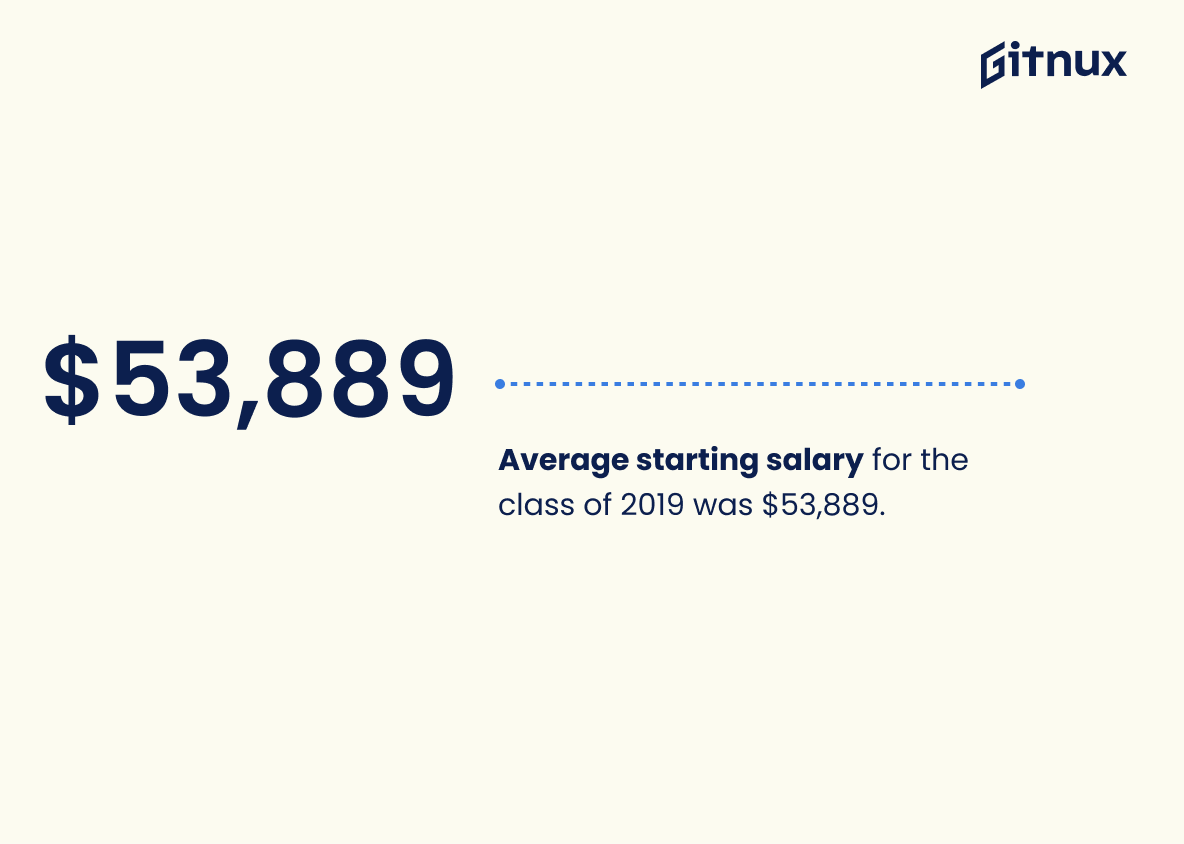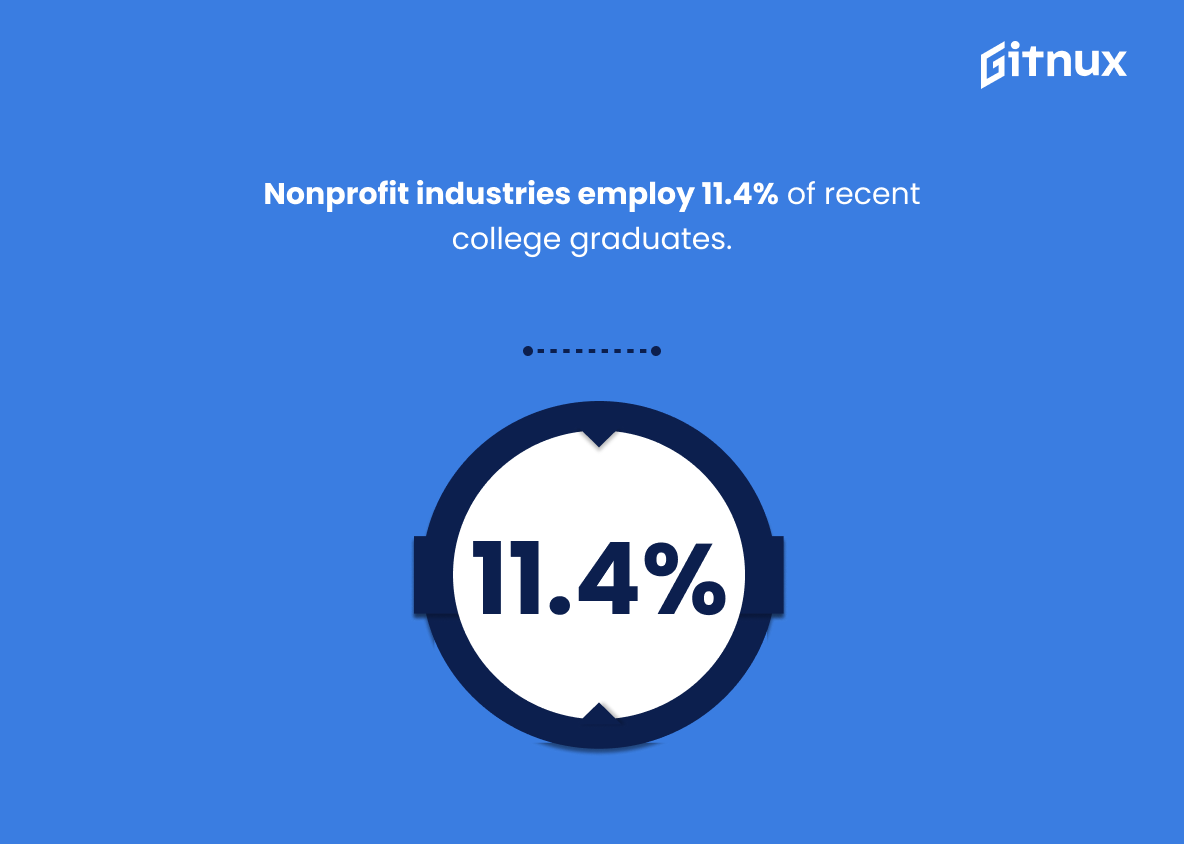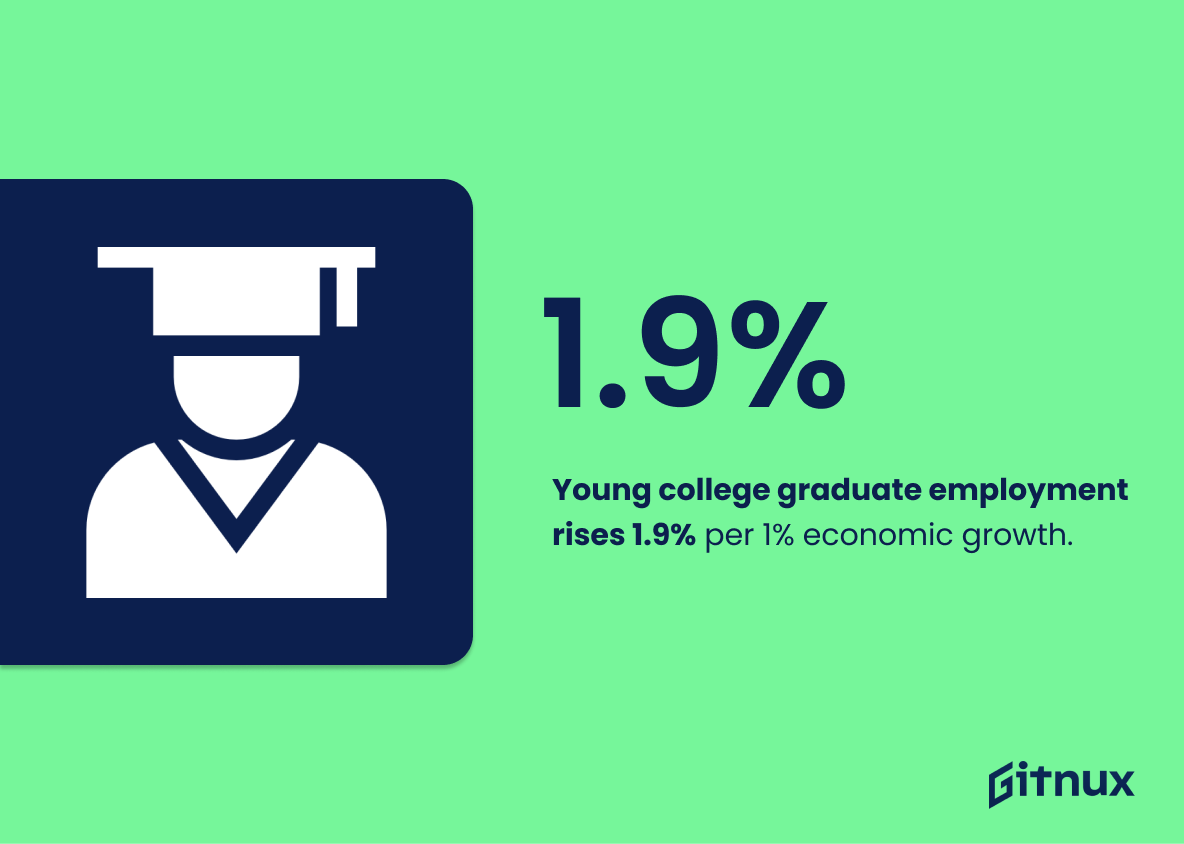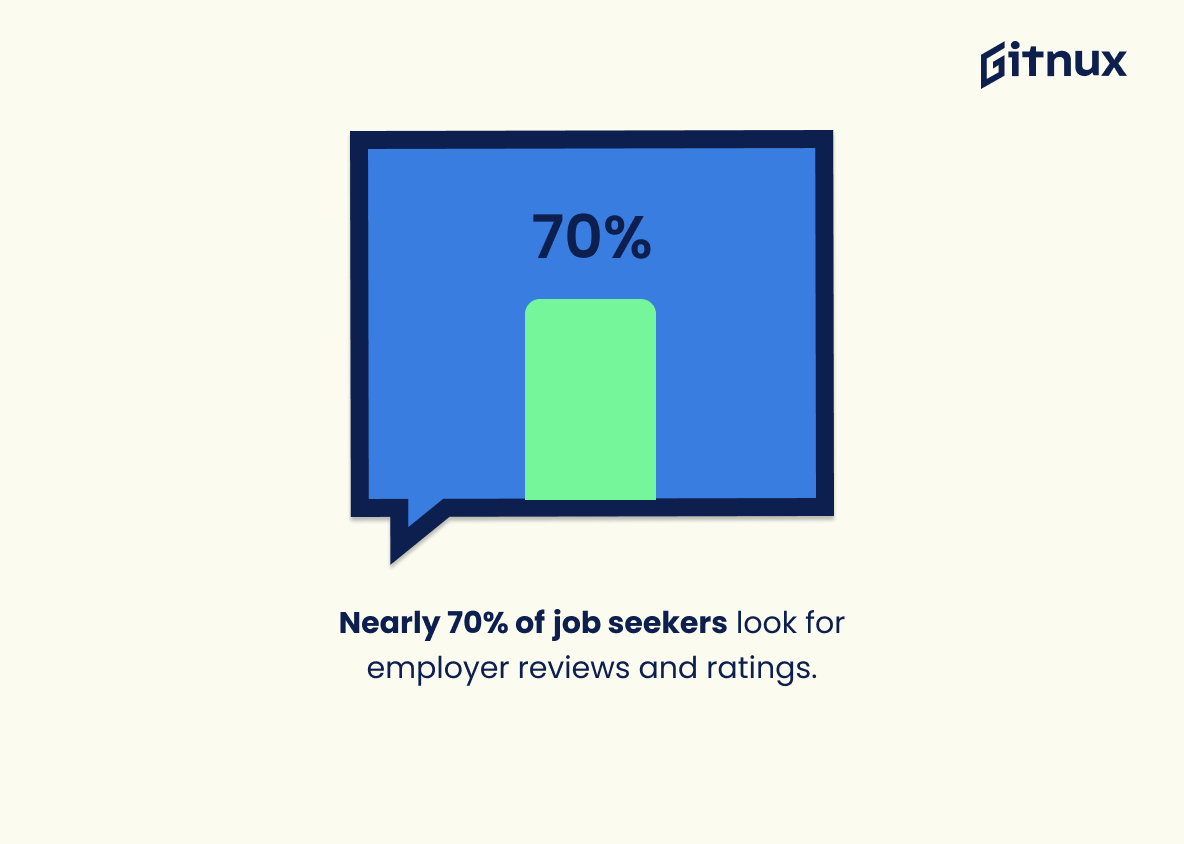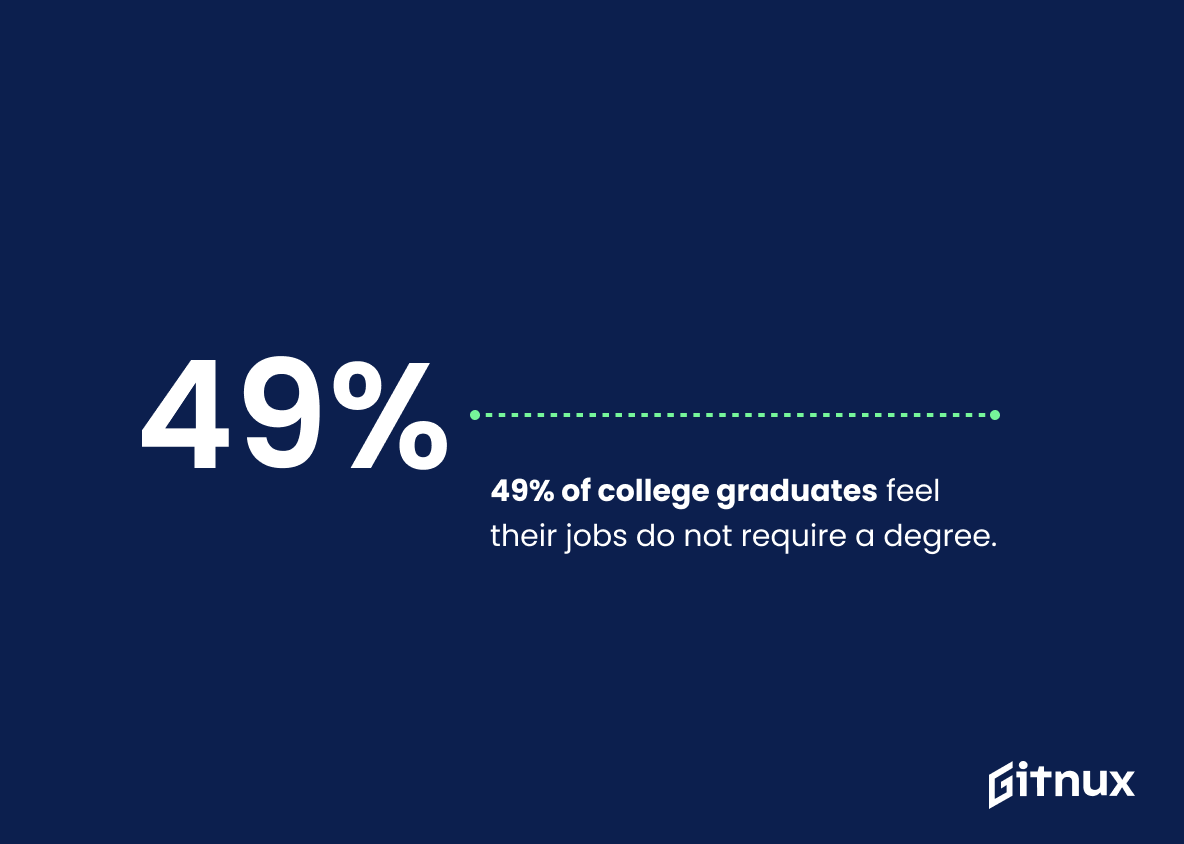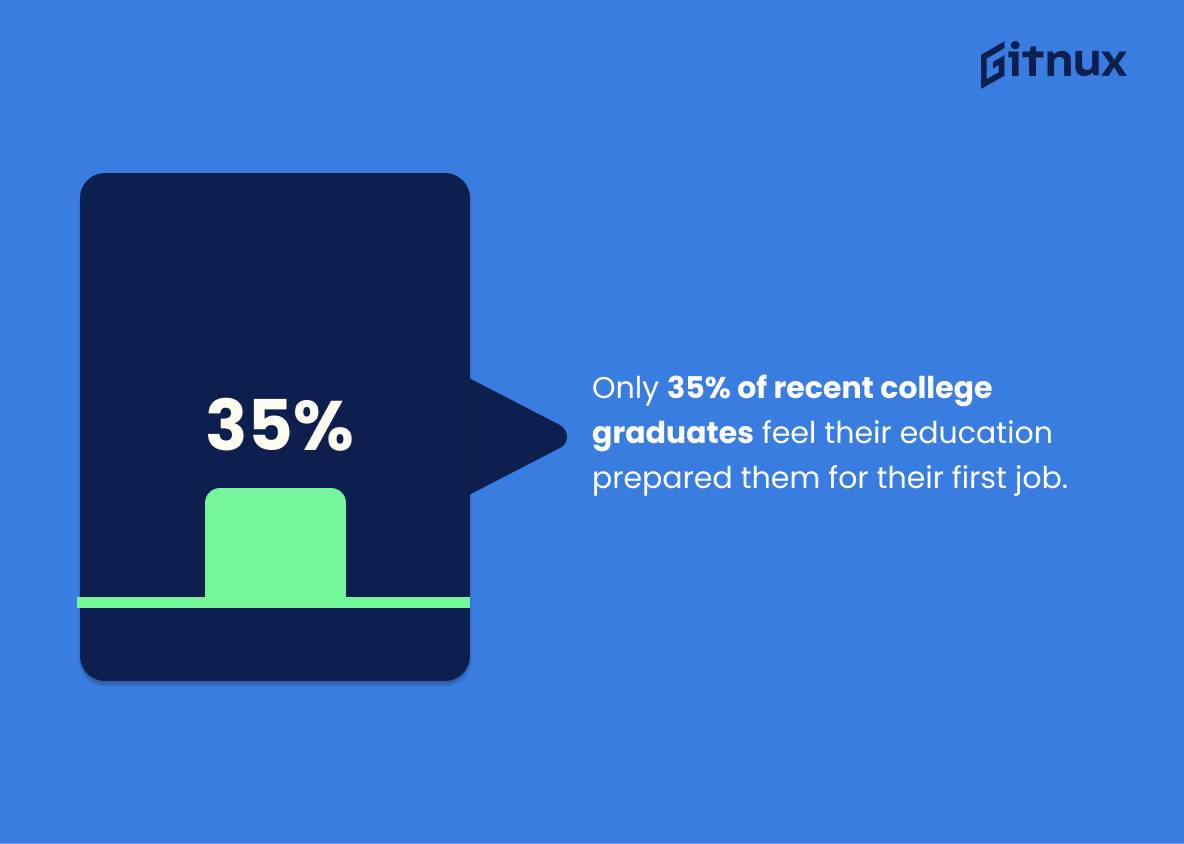Finding a job after college can be an intimidating process, but with the right resources and strategies it is possible to find success. This blog post will explore some of the statistics related to finding a job after college, including 86% of college graduates who find a job within six months of graduation (https://nces.ed.gov/pubs2019/2019241.pdf), 62.9% of 2020 graduates employed six months after graduating (https://www.businessinsider.com/class-of-2020-job-market-graduating-into-recession-2020
This statistic is a powerful indicator of the success college graduates can expect to have in finding a job after graduation. It shows that the majority of college graduates are able to secure employment within a relatively short period of time, providing reassurance to those who are about to embark on their job search. This statistic is a valuable resource for those looking to gain insight into the job market and the prospects of finding a job after college.
62.9% of 2020 college graduates were employed six months after graduation.
This statistic is a powerful indicator of the success of 2020 college graduates in finding employment after graduation. It shows that the majority of graduates were able to secure a job within six months of graduating, which is a testament to their hard work and dedication. This statistic is especially important in the context of a blog post about Finding A Job After College Statistics, as it provides a tangible example of the success that can be achieved by recent graduates.
Finding A Job After College Statistics Overview
80% of job openings are not published or advertised.
This statistic is a crucial reminder that the job search process is not always as straightforward as it may seem. It highlights the importance of networking and other creative methods of finding job opportunities, as the majority of openings are not advertised. This means that college graduates must be proactive in their search and take advantage of any resources available to them.
85% of jobs are filled through networking.
This statistic is a powerful reminder of the importance of networking when it comes to finding a job after college. It highlights the fact that networking is a key factor in securing employment, and that college graduates should not underestimate the power of building relationships and making connections. It also serves as a reminder that networking should be a priority for those looking to find a job after college.
42% of recent college graduates are underemployed.
This statistic is a stark reminder of the reality that many college graduates face when entering the job market. It highlights the difficulty of finding a job that is commensurate with the level of education and training that college graduates have received. It also serves as a warning to those who are about to graduate, that they may not be able to find the job they want right away and may have to settle for something less than ideal.
44% of college graduates believe their education prepared them for the workplace.
This statistic is significant in the context of a blog post about Finding A Job After College Statistics because it provides insight into the effectiveness of college education in preparing students for the workplace. It is an important indicator of how well college graduates are equipped to enter the job market and how successful they are likely to be in finding employment. It also provides a valuable insight into the quality of college education and the value of a college degree.
68% of employers prefer candidates with relevant work experience.
This statistic is a powerful reminder that having relevant work experience is a key factor in securing a job after college. It highlights the importance of gaining experience in the field of study while in college, as well as taking on internships and other opportunities to gain experience in the job market. This statistic is a valuable insight for recent college graduates looking to find a job, as it emphasizes the need to have a competitive edge in the job market.
28.6% of college graduates use social media to find a job.
This statistic is significant in the context of a blog post about Finding A Job After College Statistics because it highlights the importance of social media in the job search process. It shows that a large portion of college graduates are utilizing social media to find employment, indicating that it is a viable and effective tool for job seekers. This statistic can be used to encourage recent graduates to take advantage of the resources available to them on social media and to demonstrate the importance of having an online presence when searching for a job.
53% of college graduates are doing a job that does not require their degree.
This statistic is a stark reminder of the reality that many college graduates face when entering the job market: a significant portion of them are unable to find a job that requires their degree. This highlights the importance of having a well-rounded skillset and being able to adapt to different job roles in order to increase one’s chances of finding a job after college.
Average starting salary for the class of 2019 was $53,889.
This statistic is a valuable insight into the job market for recent college graduates. It provides a benchmark for what to expect when searching for a job after college, and can be used to compare salaries across different industries and locations. It also serves as a reminder that the job market is competitive and that graduates should be prepared to negotiate for the best salary possible.
54.3% of college graduate job offers resulted from internships.
This statistic is a powerful reminder of the importance of internships in the job search process for college graduates. It highlights the fact that internships can be a great way to gain experience and make connections that can lead to job offers. It also shows that internships can be a great way to get your foot in the door and increase your chances of finding a job after college.
Nonprofit industries employ 11.4% of recent college graduates.
This statistic is significant in the context of a blog post about Finding A Job After College Statistics because it highlights the potential of the nonprofit sector as a viable career option for recent college graduates. It demonstrates that the nonprofit sector is a viable source of employment for those who have recently graduated, and that it can provide meaningful and rewarding work. Furthermore, it shows that the nonprofit sector is an important part of the job market and should not be overlooked when considering post-college employment options.
The employment rate for young college graduates increases by 1.9% for every one percentage point increase in economic growth.
This statistic is significant in the context of finding a job after college because it demonstrates the direct correlation between economic growth and the employment rate for young college graduates. As the economy grows, so too does the number of job opportunities available to recent college graduates. This statistic provides a valuable insight into the job market and can be used to inform decisions about when to enter the job market.
Nearly 70% of job seekers look for employer reviews and ratings.
This statistic is a powerful indicator of the importance of employer reviews and ratings in the job search process. It shows that the majority of job seekers are taking the time to research potential employers and make sure they are making the right decision. This is especially important for recent college graduates, who may not have much experience in the job market and need to make sure they are making the best possible choice.
49% of college graduates feel their jobs do not require a degree.
This statistic is a stark reminder of the reality that many college graduates face when entering the job market: their degrees may not be as valuable as they had hoped. It speaks to the difficulty of finding a job that is commensurate with the level of education and training that college graduates have received. It also highlights the need for college graduates to be proactive in their job search and to be open to opportunities that may not require a degree.
Only 35% of recent college graduates feel their education prepared them for their first job.
This statistic is a stark reminder of the disconnect between the college experience and the realities of the job market. It highlights the need for students to take an active role in preparing for their future career, rather than relying solely on their college education. It also serves as a warning to employers that they may need to invest more in training and development for new hires, in order to ensure they are adequately prepared for the job.
In 2019, 50.3% of recent college graduates were women.
This statistic is a powerful indicator of the progress that has been made in terms of gender equality in the workplace. It shows that women are increasingly being given the same opportunities as men to pursue higher education and to find employment after college. This is an important step towards creating a more equitable and diverse workforce, and it is encouraging to see that more and more women are taking advantage of these opportunities.
Conclusion
The statistics presented in this blog post demonstrate the challenges and opportunities that college graduates face when searching for a job. While 86% of college graduates find employment within six months, only 27% are employed in jobs related to their major. Additionally, 80% of job openings are not advertised or published and 85% of jobs are filled through networking. Furthermore, 42% of recent college graduates were underemployed while 44%, 49%, and 35%, respectively felt their education did not prepare them adequately for the workplace, their first job or require a degree at all. Despite these difficulties faced by new grads, they still make 80 percent more over their lifetime than those with just high school diplomas; 68 percent employers prefer candidates with relevant work experience; 28.6 percent use social media to search for a job; 54.3 percent receive offers from internships; 11.4 percent work in nonprofit industries; economic growth increases employment rate 1:9%; 40percent apply 10-14 times before getting an offer ; nearly 70 % look up employer reviews & ratings ,and 50 .3 % women graduate each year . With knowledge about where to look and how best to present themselves on paper as well as online ,college students can increase chances finding suitable career paths after graduation
References
0. – https://www.hamilton.edu
1. – https://www.naceweb.org
2. – https://www.hbr.org
3. – https://www.nces.ed.gov
4. – https://www.businessinsider.com
5. – https://www.burning-glass.com
6. – https://www.gallup.com
7. – https://www.youteam.io
8. – https://www.stradaeducation.org
9. – https://www.workopolis.com
10. – https://www.time.com
11. – https://www.linkedin.com
12. – https://www.epi.org
13. – https://www.bankrate.com
